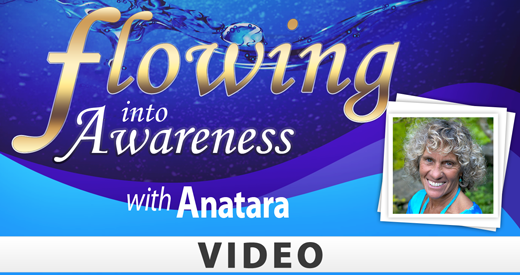A Guide To The Different Types Of Yoga
[post-img]Here is a brief synopsis of the most popular types of yoga being offered.
Hatha – Of all the different types of yoga, this is one of the most recognized forms. Its attention lies with spiritual meditation, fluid postures, and controlled breathing.
Iyengar – This form of yoga comes from the teachings of B.K.S. Iyengar. This teaching focuses on the alignment of the body through the most detailed effort. To support the practice, a number of props are used, such as blocks or belts.
Kripalu – This is based on a series of steps that will take the student through levels of body consciousness. It starts with bringing attention to the breath and takes the practitioner through the steps leading to the coordination of the body. Each step provides access to a higher awareness between mind, body and spirit.
[tip-fact]Kundalini – This yoga practice is based on the image of the coiled serpent that is thought to be dormant at the base of our spine. Through this practice, the “coiled serpent” is awakened, which then stimulates the release of our life force. Kundalini is also known to concentrate on the chakras of the body for a deeper spiritual understanding.
[b-quote]Sivananda – This form of yoga has a large devoted following and is steeped in traditional and classic postures, which bring attention to the fullness of the breath.
Bikram – Bikram is about heating up the body's temperature in order to sweat out toxins and lengthen muscles. This is done by raising the room temperature while doing a series of poses.
Now that you have reviewed some of the many different types of yoga, it is a good idea to do some additional research, either by going online or talking with friends about their own practice. You should also consider the additional benefits of yoga, which is the development of a more balanced mind, added flexibility, release of body tensions and, finally, the opening of your consciousness to the power of your own breath. Whatever style of yoga you decide on, remember to have a fun and positive experience during your practice sessions.




